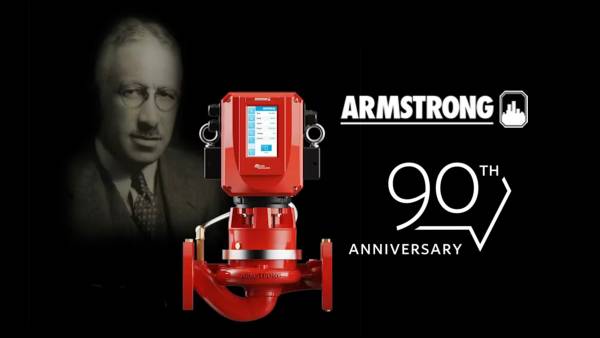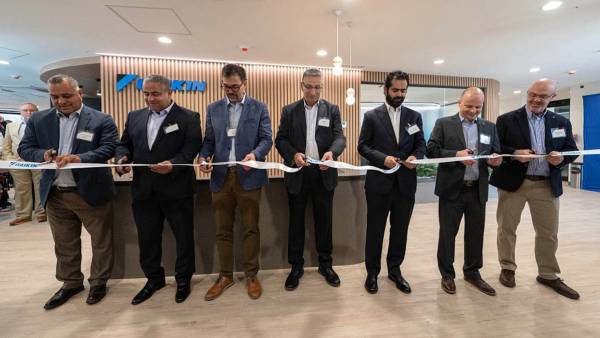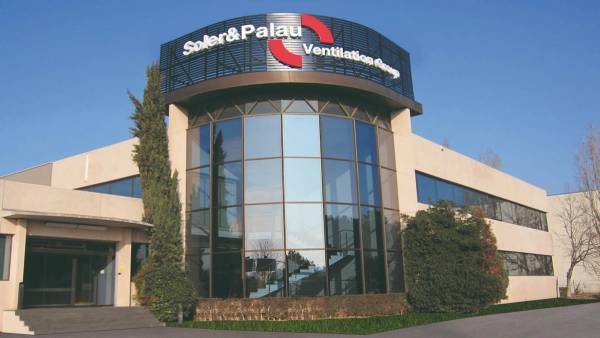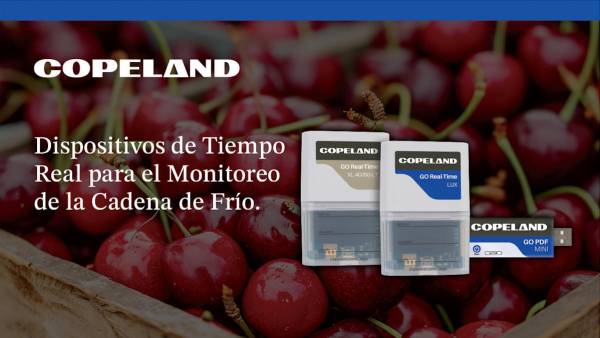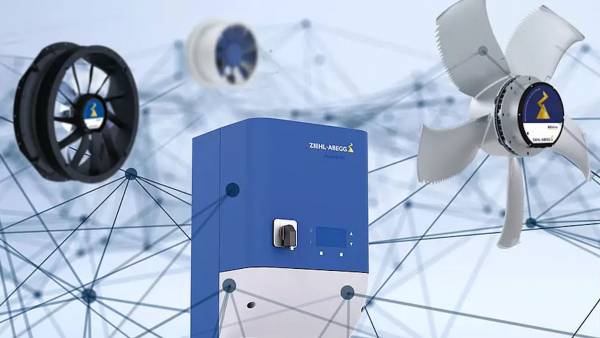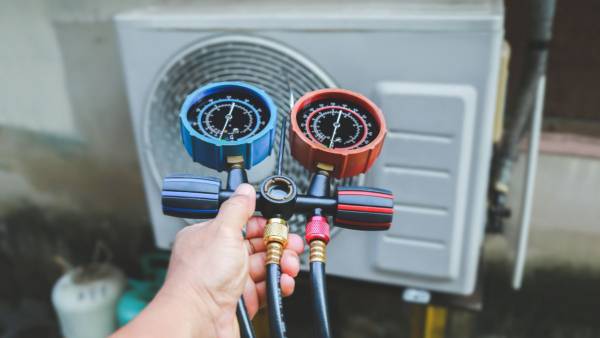When we talk about absorption machines, we think of large cogeneration or trigeneration plants that take advantage of waste heat to generate cold and a very large industrial machinery quickly comes to mind that I will try to explain how it works...

Is this absorption machine new?
Generating heat has always been simple and has accompanied humanity since some human being found a way to get fire, but being cold is something more complex and until the early nineteenth century it was only known how to store snow and little more than getting cold, taking advantage of the evaporation of ether.
This is when the first absorption machines begin, the first equipment is destined to manufacture ice cream.
Absorption works broadly like a current refrigeration machine, but replacing the work of the compressor by energy in the form of heat, is perhaps the easiest way to explain it since the generation of cold is based on increasing the pressure of a refrigerant fluid and it gives heat as a result of the work of the compressor. At the beginning of the last century electric power was expensive, with very little distribution and the first compressors left much to be desired. Taking advantage of the pressure and temperature are united, when the temperature increased, this refrigerant fluid also increased in pressure, which allows energy to be transferred and with the decompression process to absorb this energy to be cooled.
But where do the absorption elements come in?
True, the cycle does not end up closing since at the end of the cold process we have an expanded refrigerant in the form of a gas, so in order to start the process again, we need that fluid to return to its liquid state.
This is where the absorbent elements come in, various combinations of refrigent-absorber are used but they are always very similar elements to each other.
The most common are BrLi (lithium bromide) and Water but ammonia and water are also used in more industrial circuits.
Refrigerant and absorber are in a perfect solution, as a result of a heat energy these are separated making one of them the refrigerant circuit and another increasing its concentration (this varies in processes of single or double absorption). It turns out that at the end of the cold process, the evaporated refrigerant meets the highly concentrated absorber again and given the affinity they have for each other, they come back together to close the circle of the cold process.
That is, the function of absorvedor, is that the conditions of beginning of cycle can be given again to repeat the process again.
BrLi or Nh3?
The BrLi Agua pair seems more suitable for air conditioning installations and the Nh3 Agua for refrigeration installations. Although the first runs the risk of crystallization if working at very high temperatures so it is usually always attached to cooling towers and being for its perfect solubility between both components more used the pair of ammonia and water.
What consumption and maintenance does an absorption machine have?
Well, a minimum electrical consumption corresponding to the valve controls and some fluid motor, everything else works through thermodynamic and physical chemical processes that hardly produce wear to the equipment and that makes the maintenance tasks of these devices minimal.
Entoces, if the absorption does not consume hardly any energy is it feasible to install an absorption machine?
Depends on. For the generation of cold today we use mechanical compressors that have much better performance than absorption machines, but nevertheless if we have energy in the form of waste heat or resulting from a generation process by renewable energies, perhaps it is interesting to use this energy for this purpose.
In general, the absorbers are usually used in trigeneration plants, where there is a waste heat that is used for the production of cold, or in solar thermal installations that can achieve with this process the obtaining of cold using a renewable energy source.
It would be absurd to use primary heat energy knowing that we get a worse performance if it were not left over from somewhere, or it came out especially cheap.
To all this we must add that the installation costs are much higher, since this type of machines are composed of several heat exchangers that increase the cost of the equipment.
Why are all absorption machines Japanese?
Because with the performance of compressors and the cheapening of electrical energy in the world, absorption machines were no longer used, except on the eastern side of the planet, which due to its energy policy these systems were enhanced and improved. Today many other countries already manufacture this machinery.
Are there domestic absorption machines? Where does the cooling tower come into play?
Although there are developments of domestic machines this type of equipment is usually used mainly for industrial processes, in the refrigeration cycle these equipment work against an evaporator this can be by air or it can be a cooling tower that works with water. However, air coolers consume a lot of electrical energy in these industrial processes, and also work at a higher temperature so there is a risk of crystallization when working with BrLi, so it is common to use cooling towers.
Single Effect or Double Effect Machines?
The double effect was invented to get a plus of performance to these equipment, during the absorbent and refrigerant process they are separated by the effect of thermal energy, this process is repeated a second time in the double effect machines to achieve a higher concentration of absorvente and also a higher calorific concentration.
Single-effect machines can reach a COP (coefficient of energy efficiency) of 0.8 and with the double effect this can be increased to 1.4 somewhat far from the performance of 5.5 that conventional refrigeration installations with compressor can obtain but much if it is remembered that the energy used for this process is free or comes from a residual process.
Curling the Curl...
The heat provided for the cooling processes is concentrated and subtracted by a condenser, being possible to reuse this energy for other subprocesses, although this heat obtained is greater, it is at a lower temperature so its uses and use are minimal.
How does it work?
If you have come reading, so far, sign that you are interested in the subject and it is pending that you can explain the process of generating cold through heat in an easy and simple way, which I will try:
1.SEPARATION: Refrigerant and absorbent are mixed in a solution, an energy is applied to that solution from a thermal process that separates both, the refrigerant goes to the refrigeration circuit and the highly concentrated absorber is driven to a place called with the same name: absorber.
(This process is repeated twice on dual-cycle machines.)
2. CONDENSATION: As a result of the temperature the refrigerant condenses by means of the transfer of latent heat and the applied energy. The refrigerant with the highest pressure and temperature passes through a condenser (usually a cooling tower) that removes the temperature from the fluid.
3EVAPORATION: The fluid passes through an expansion valve, to a low pressure zone, where another change of state occurs evaporating rapidly extracting from the surrounding environment amounts of heat equivalent to latent heat (Dalton principle).
4.ABSORPTION: Refrigerant and Absorvente meet again in a place called absorvedor and as they are two related substances they combine being the absorvente the one that absorbs the steam that comes from the evaporator balancing the energies of both. This process gives off energy, and to prevent absorption from ceasing due to temperature, it is necessary to cool this process.
5.The process is closed, we have the two elements dissolved again and the whole process is repeated from the beginning.










